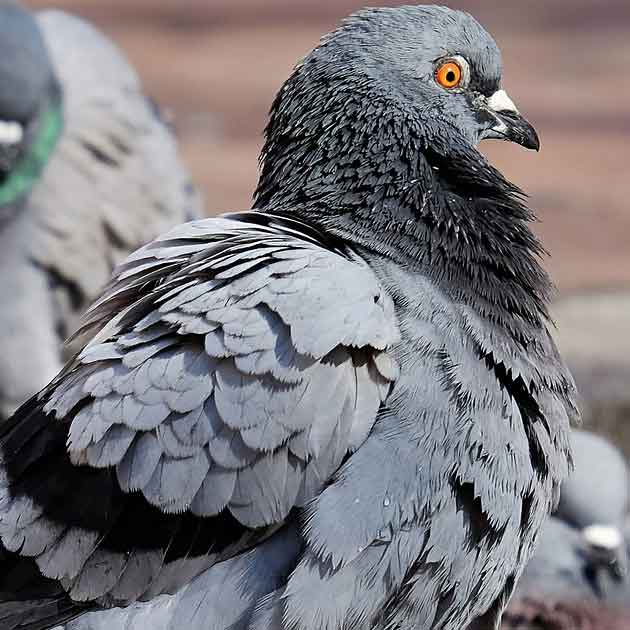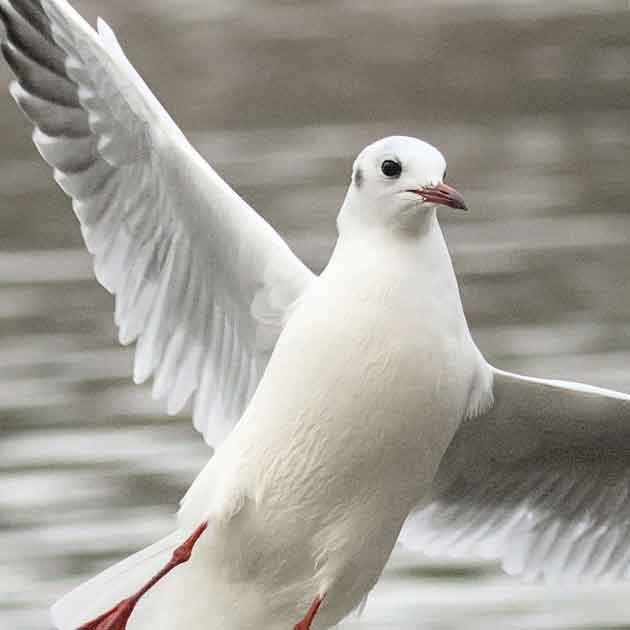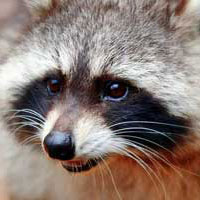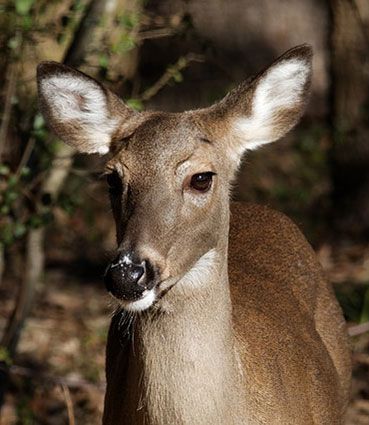
Deer Identification
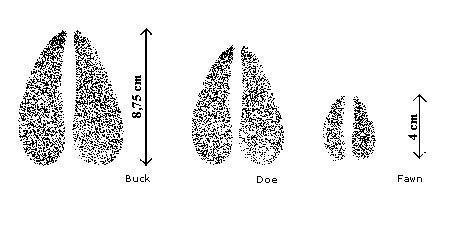
White-tail deer are not especially vocal, although young fawns bleat on occasion. Injured deer utter a startlingly loud "blatt" or bawl. Whistles or snorts of disturbed White-tails are the most commonly heard sounds.
Deer Control
Preventative measures include Exclusion*. Control methods include Live Trapping*, Licensed Trapping*, Physical Capture*, Shooting*, Relocation*, and Destruction of the animal.
Please note that, in contrast to almost all other Ontario animal control operations, as a licensed furbearer trapping company we are able to employ all of these control methods INCLUDING relocation or permanent removal of captured deer.
Deer Damage
White-tail deer are destructive to crops, vegetable gardens, fruit trees and the like where their ranges overlap with human habitation. When their numbers become too high, White-tail deer can cause serious damage to forest vegetation through overbrowsing. They are involved in accidents with cars, often resulting in serious injury to the human occupants of the vehicles.
Deer Breeding
Deer reproduce quickly. A healthy herd is capable of almost doubling its numbers during one favourable year. Under favourable conditions, female fawns tend to breed at six to seven months and at 12 months of age produce singletons, or one baby. Male fawns and male yearlings are sexually mature but are seldom given a chance to breed.
The white-tailed deer’s spotted, wobbly legged fawns, weighing 2 to 4 kg at birth, are born in late spring. Although birth may take place from late March to early August, most fawns are born during the last week of May or the first week of June. On high quality range twin fawns are the rule, although single births are quite common among younger females, especially those giving birth for the first time. Triplets are relatively uncommon and quadruplets occur only rarely. On poorer ranges or after a severe winter single births usually outnumber double births and multiple births do not occur.
Related Articles: What do Deer Eat?


